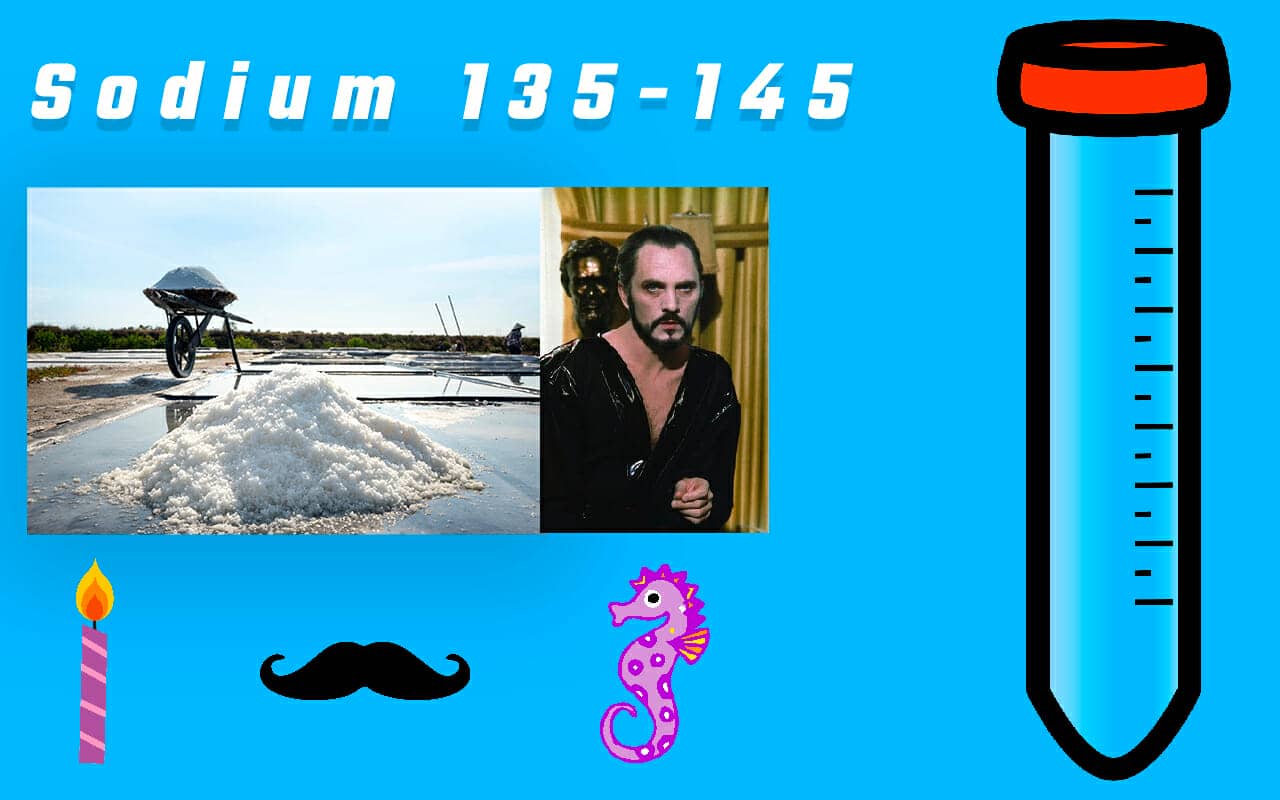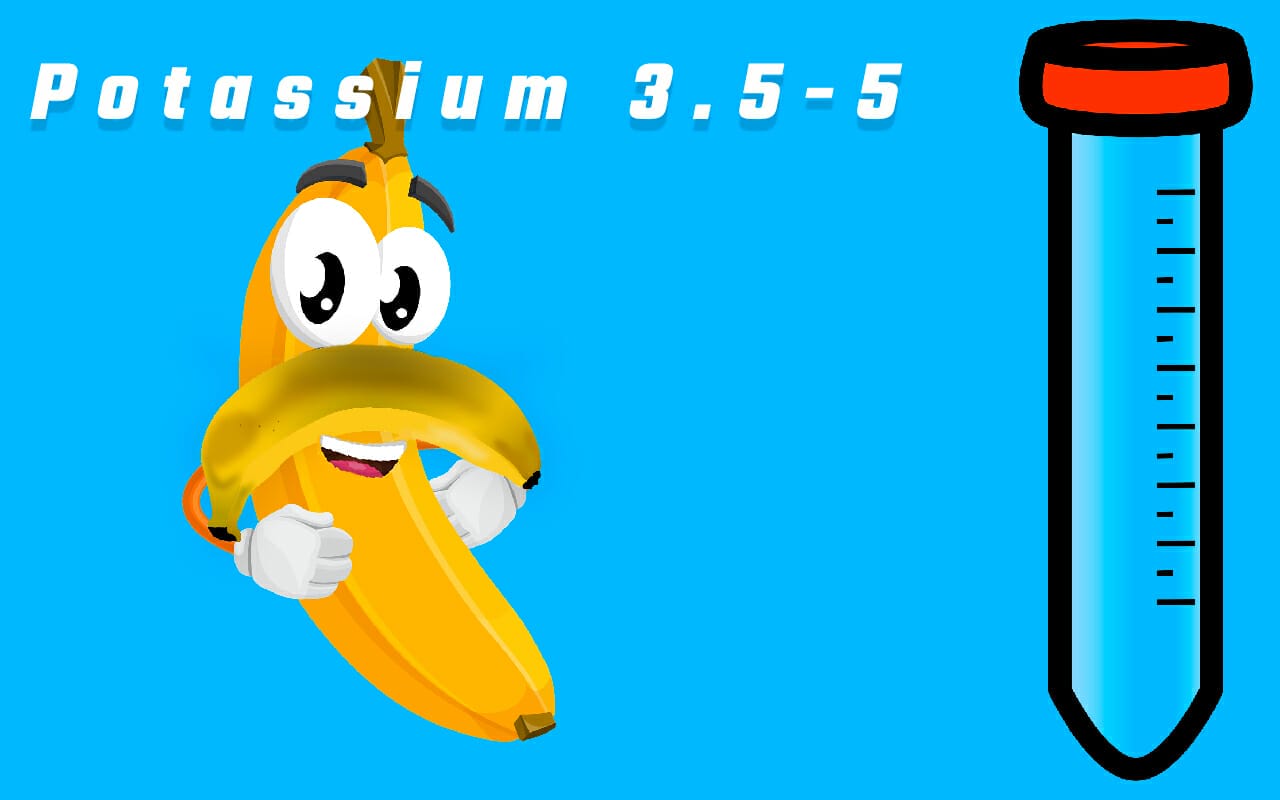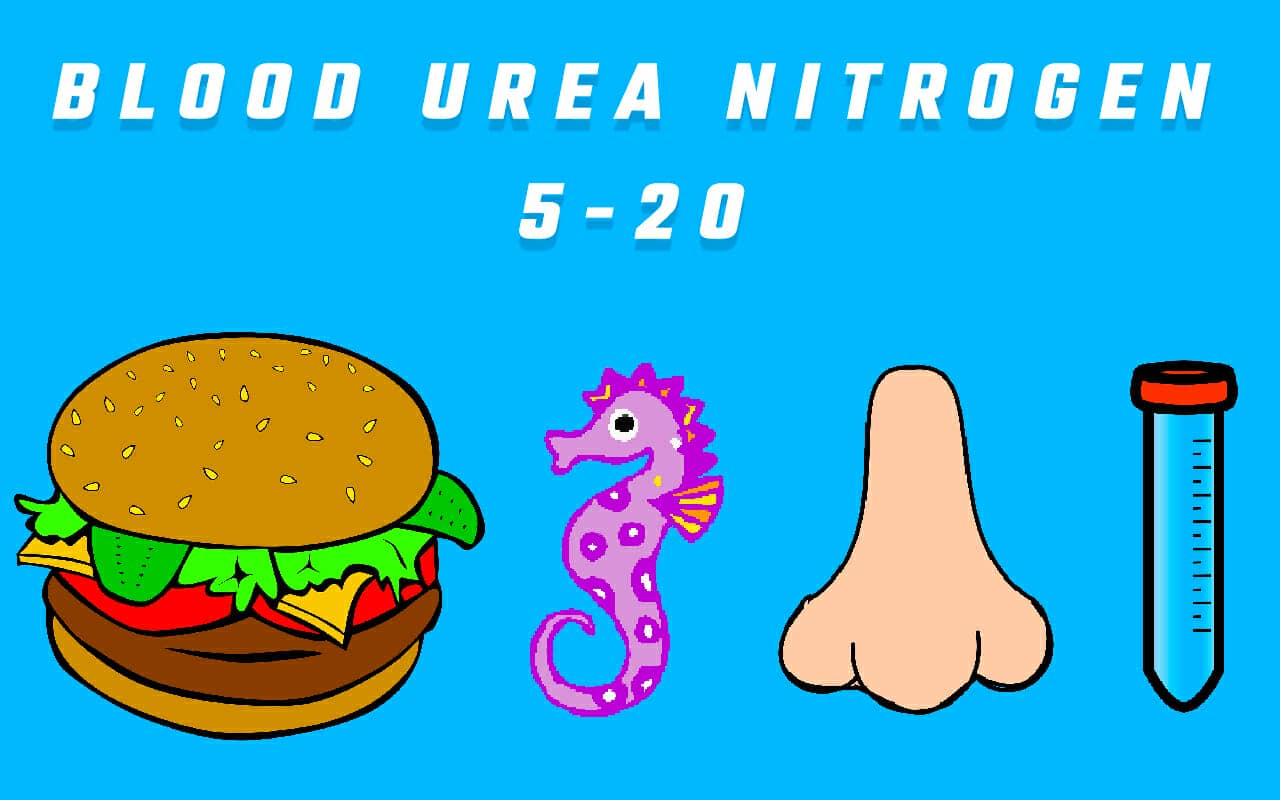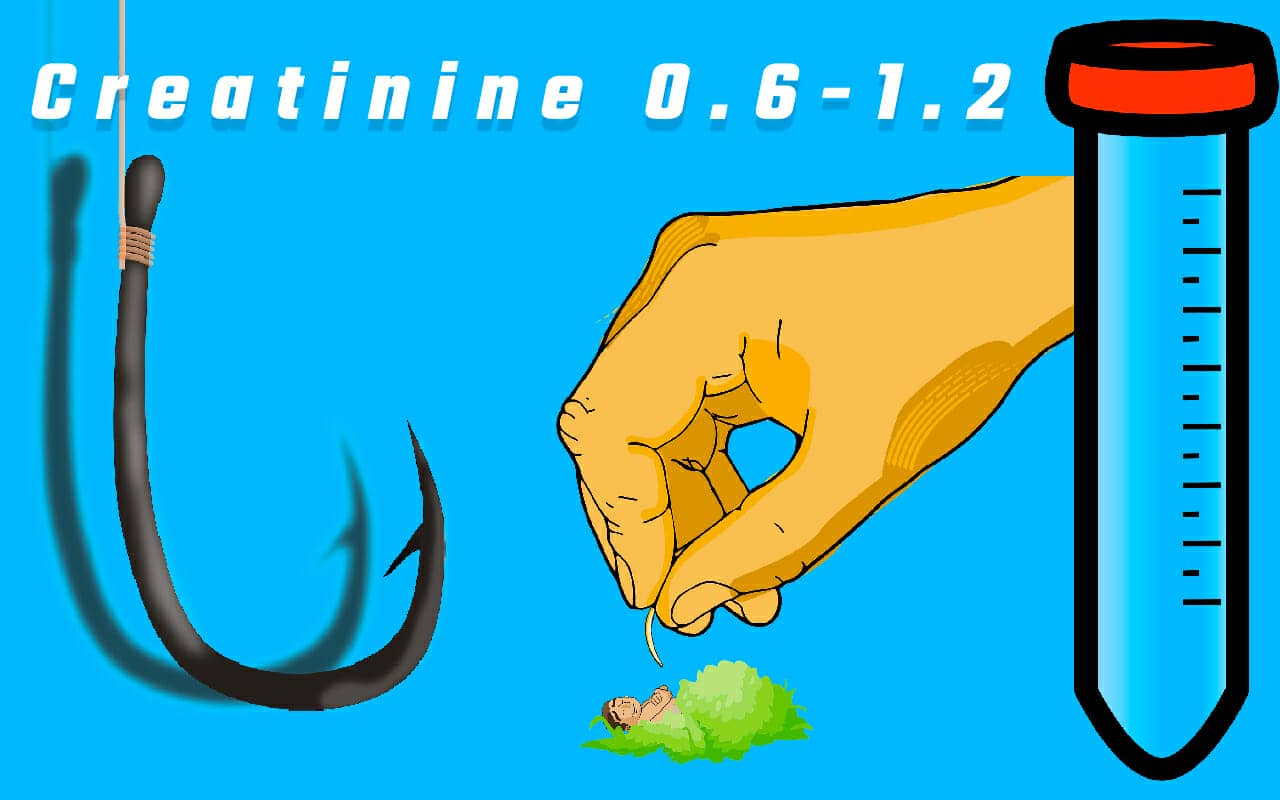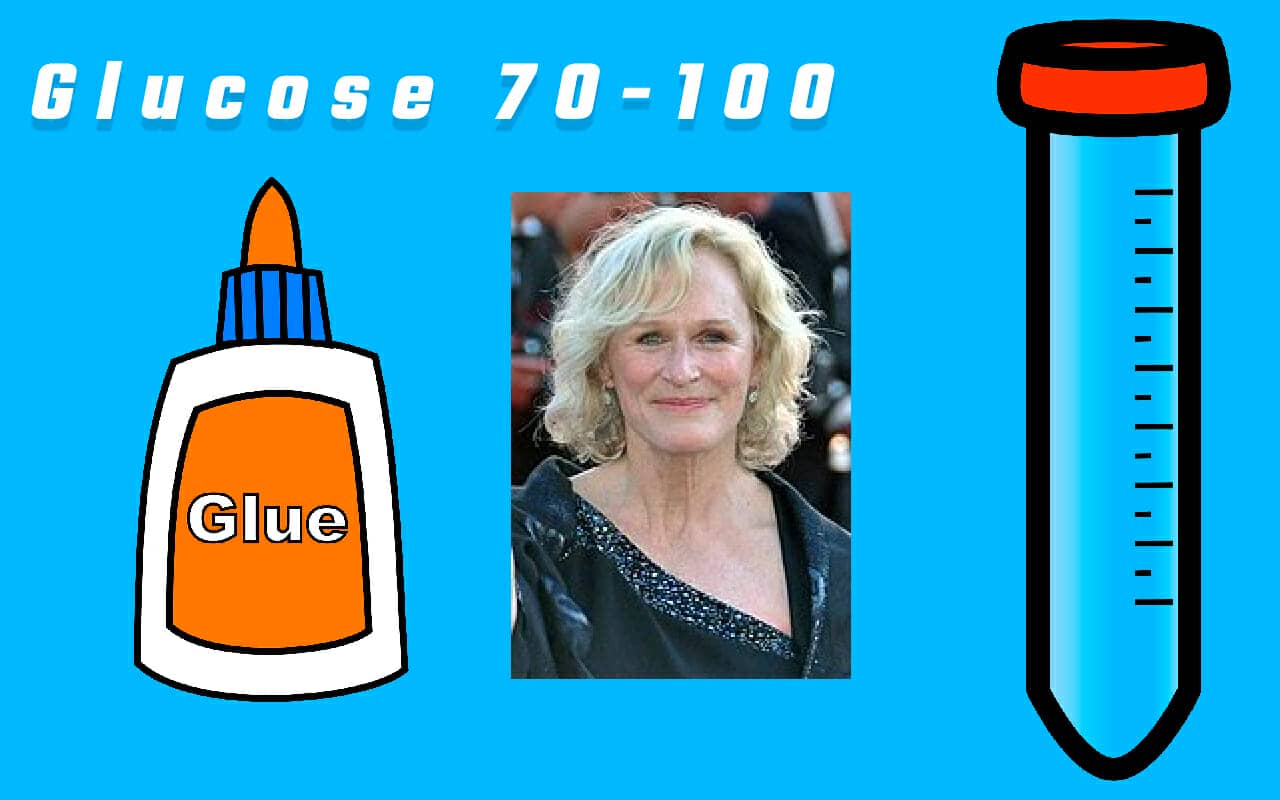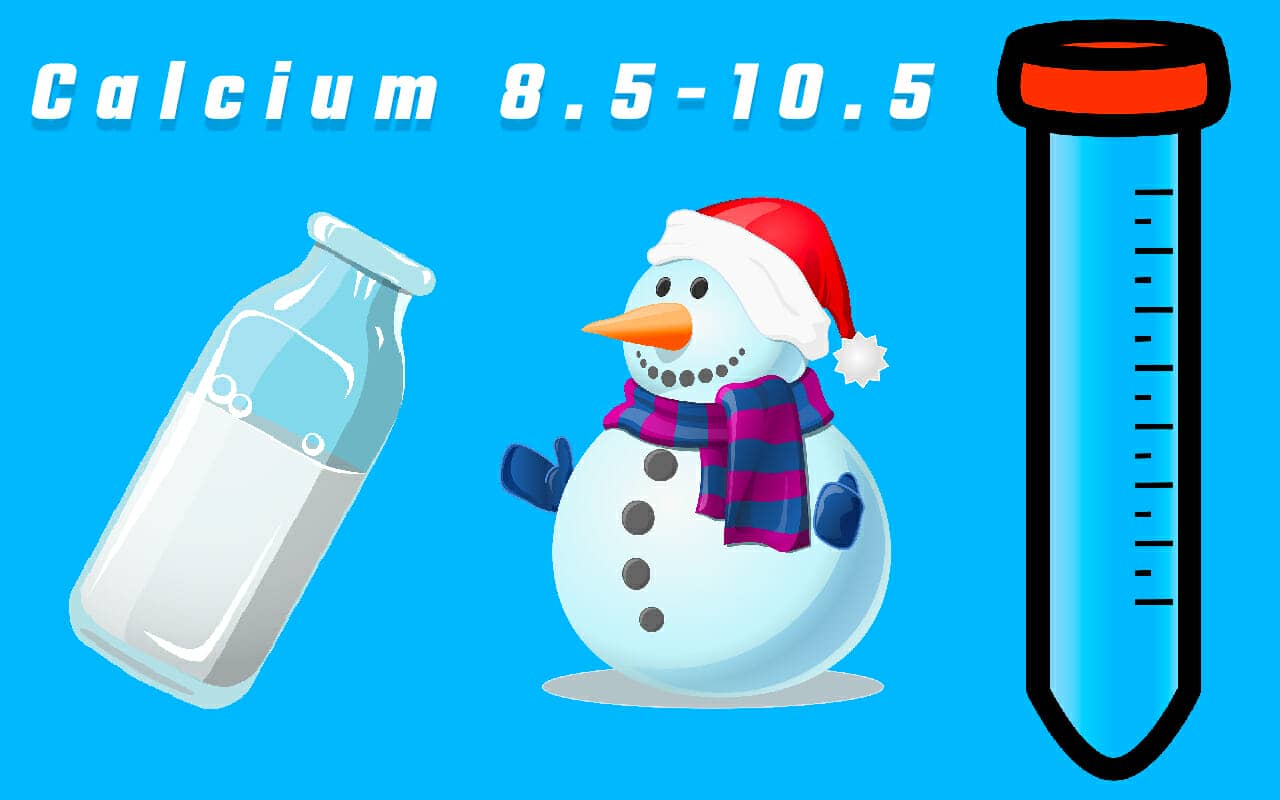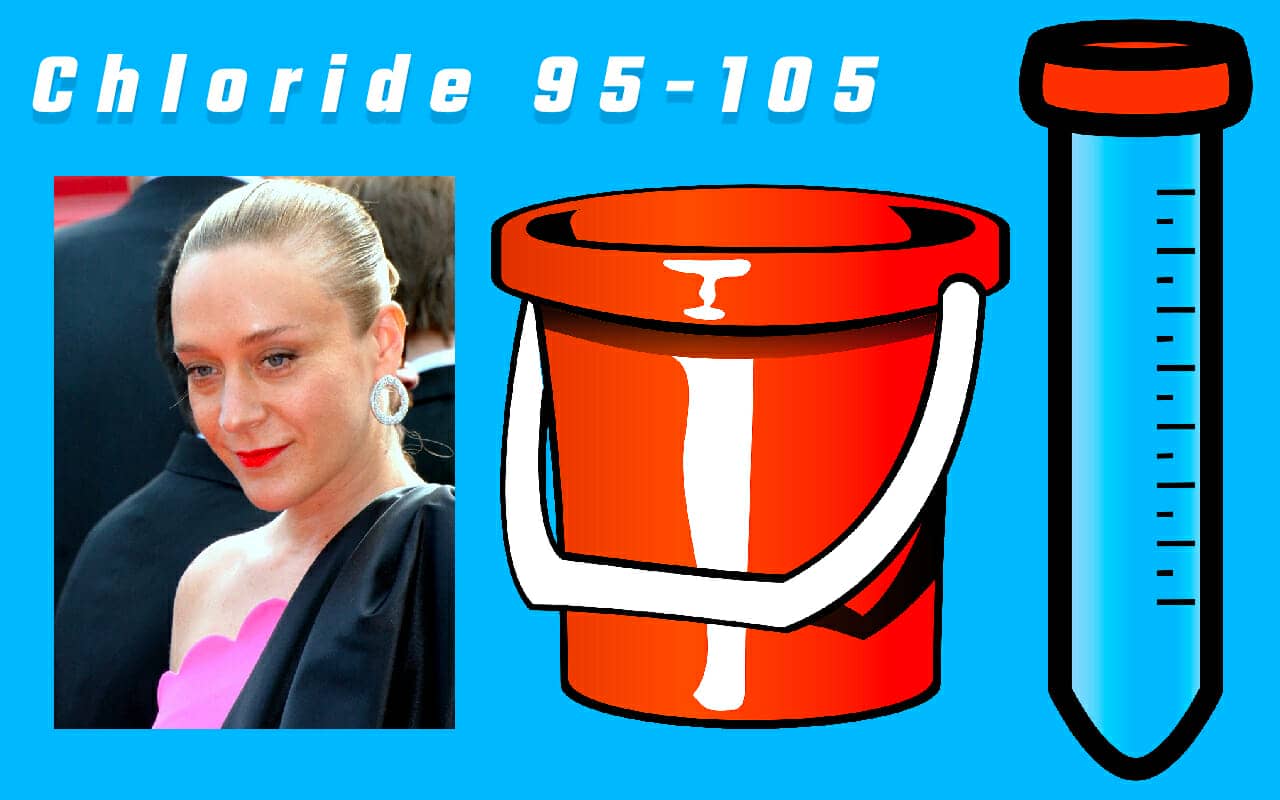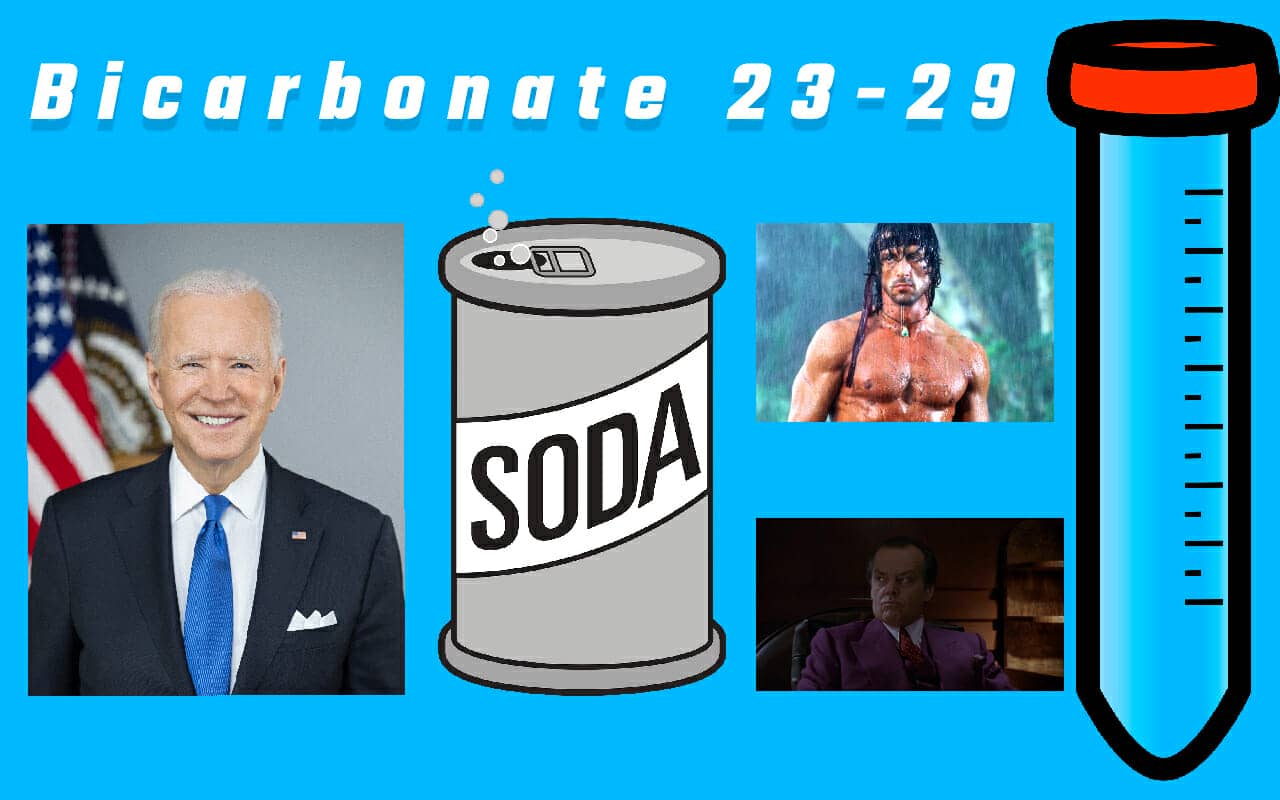 Lab value memory tricks certainly can help you remember the normal levels and ranges for all kinds of substances.
Lab value memory tricks certainly can help you remember the normal levels and ranges for all kinds of substances.
But do you know what works even better?
Well-formed mnemonics.
So if you’re having trouble using the standard advice to memorize your lab values tables, stick around.
I’m going to share with you an alternative way to remember each and every one of them. Quickly.
Sure, you can call what I’m going to share with you easy tricks to remember lab values.
But by adding a few simple twists, you’ll quickly become a memory master for this information and everything else you need to remember as a top-notch medical professional.
Ready?
Let’s dive in!
How to Remember Lab Values: 8 Mnemonics for Easy Memorization
As we go through these reference ranges for blood tests, I’m going to interest you to a simple number system. It’s sometimes called the number-shape system.
For each digit from 0-9, you associate a shape by combining mnemonic imagery with chunking. I’ll show you how this works in action with lab values mnemonic examples, and here’s a suggested set of image:
- 0 = donut
- 1 = candle
- 2 = swan
- 3 = moustache
- 4 = sail boat
- 5 = seahorse
- 6 = hook
- 7 = boomerang
- 8 = snowman
- 9 = golf club
You don’t have to use this number mnemonic system for the lab values. I’ll also give you some examples using the Major System and a 00-99 PAO. If you already have a number-shape system, you might want to upgrade to either of those, or explore the Dominic System for memorizing any numbers related to medical terminology.
I’ll give you examples from both so that you can decide with to learn. So with these mnemonic devices in mind, let’s get started with some mnemonic examples.
The Basic Metabolic Table
Typically when you see mnemonic examples for the table, you’re overwhelmed by a ton of them on a spreadsheet. The mnemonics are also often vague and uninspiring.
Let’s fix that right now. We’re going to use the core principles taught in the Magnetic Memory Method Masterclass to do it.
Sodium
In the example above for sodium, I’ve used a Memory Palace in my mind. On station one, I imagined a pile of sodium being attacked by General Zod from the Superman stories.
Normally, for the sodium lab range mnemonic, people suggest that you think about the odd numbers in order, giving you 1, 3 and 5 for 135. From there, it’s a simple matter to add 10 to remember 145 is at the top of the range.
My preference is to have someone specific doing something that can be imagined in an actual location. That way, it’s easier to think back to that location and ask, “What was happening there?”
In this case, I could have General Zod (which sounds a bit like sodium), picking up some odd cubes of sodium. But I also add a candle for one, a moustache for 3 and a seahorse for 5 to give the number 135.
This form of association-making forms memories much faster and applies to memorizing everything from insulin types to the carpal bones.
Potassium
For potassium, you have a range or 3.5-5.
Remember that I mentioned you can association 3 with a moustache? That’s because 3 kind of looks like a moustache when tipped on its side.
If you have a banana to remind you of potassium, give him a moustache to remind you of 3.
But what about the .5?
The black spot at the tip of the banana can help you remember that. And you can add a seahorse to the mnemonic for the top of the range, which is 5.
Blood Urea Nitrogen (BUN)
Hungry yet?
Let’s go deeper with the foods because BUN brings hamburgers to mind for the Blood Urea Nitrogen value, which has a range of 5-10.
I mentioned the Major System and 00-99 PAO System above. Here’s where that can make memorization even faster. You have your seahorse interacting with hamburger buns, which he is smelling with his massive nose.
“Nose,” in my PAO System is 20 because 2=n and 0 =s. Or you could use a swan and a donut for 20 using the simple system already discussed. Personally, I like to pop in the PAO System when two digits are involved because it’s faster and more fun.
Creatinine
Most of us know the story of Adam and Eve in the Garden of Eden. It’s the story of “creation” which makes it a fantastic mnemonic for “creatinine.”
But instead of having God pull out a rib, he pulls out a fishing hook instead – your symbol that looks like the number six. This will help you easily remember that the value starts at 0.6.
Some people suggest that you focus on the “nine” in Creatinine because that’s approximately halfway between 0.6 and 1.2. That’s a great idea too, and you can do both by having Adam react with a golf club, which basically resembles and upside-down 9.
Glucose
Glucose has the sound of “glue” in it and so it’s easy to imagine someone pouring glue on the famous Glenn Close (for the “cose sound).
I use my aunt Cassie for 70, but if you’re just learning these systems, having Glenn Close fight back with a boomerang for 7 and a donut for 0 is highly memorable.
What about the 100 at the top of the range? You can have a candle and two donuts involved in the association.
Calcium
Calcium is a fairly easy word to remember. It gets even easier to remember when you imagine a snowman drinking milk from a giant bottle.
Why a snowman? Because snowmen resemble 8. You can easily add 8.5 – 10.5 by imagining stone eyes for the decimals.
Chloride
Chloride reminds me of Chloë Savigny, and bucket is my image for 95 in the PAO System. It’s easy to imagine her carrying a pail in a strange way.
Or you can use the number-shape system with a golf club for 9 and a seahorse for 5 in the lower range. You know what to do to create an image for the upper range of 105.
Bicarbonate
The normal mnemonic you’ll hear for Bicarbonate is to 2x a soda can for 23-29.
That’s too abstract for me. So I specifically suggest putting in Joe Biden for the “bi” sound. Having him throwing two sodas at images that will remind you of 23 and 29.
Here again I’m using the PAO System to arrive at Rambo and Jack Napier for these particular numbers.
For best results and ease of spaced repetition, I suggest drawing all of your mnemonics on flashcards. These can be imported into Anki or you can use your mind on its own with the method of loci.

That way, you have a specific point of reference for each item that you can easily refer back to as you instil the information in long-term memory.
Comprehensive Metabolic Panel Mnemonic Examples
Let’s turn now to the comprehensive metabolic panel, which involves the same process. All of this information is so critical, especially when you’re on the job and also need to remember the order of the draw.
To make your mind organized and keep everything fast and fun, I suggest using a separate Memory Palace for this table.
In this case, you have a lot of acronyms. For these I suggest the pegword method. By using it, AST is much easier to remember, both as an acronym and the full term.
For example, AST stands for Aspartate Transferase. An asp from Shakespeare’s Antony & Cleopatra instantly springs to mind. Now it’s just a matter of adding mnemonics for the normal ranges involved.
Read the table above and use your visualization skills to imagine what my examples might look like in a Memory Palace of your own.
For each, I have:
- AST = an asp from Shakespeare on a sail boat with a golf club for 9-40
- ALT = the alternative band Nirvana with a boomerang for 7-60
- ALP = Weird Al in a pool with a sailboat and Tintin for 40/120
- Bilirubin = the Bill of Rights with a candle for < 1
- Albumin = Minnie Mouse with a moustache for 3.4-5.4
Complete Blood Count Mnemonic Examples
For the next table, I would again suggest a separate and unique Memory Palace. Here are some mnemonic examples for these lab values.
Again, you’re very welcome to use my mnemonic associations. But if you don’t know people like Hemingway, it’s best to come up with your own.
Here’s my list:
- WBC = William Burroughs and Cookie Monster with a seahorse for 5,000-1000/mcL
- RBC = (Edgar) Rice Burroughs with a sailboat in his hands for 4.5-5.5 million/mcL
- Hemoglobin = Hemingway and Hobgoblin with Tintin for 12-18 g/dL
- Hematocrit = Hemingway criticizing a pile of muck for 37-50%
Arterial Blood Gas Mnemonic Examples
One tip for you as you choose Memory Palaces is to think of the letter of the terminology first. “Arterial” starts with “A” as does the similar sounding “airport.” You could then think of an airport you’re familiar with for the Memory Palace you use for this table of lab values.
Rest assured, it’s easy to find Memory Palaces for all of this information. You can even find a unique Memory Palace for each row of the Periodical Table if that’s how you choose to memorize it.
Coagulation Studies Mnemonic Examples
Finally, we have examples for coagulation studies or Coags. Let’s have a look:
My mnemonic examples for you are:
- INR = Ian Fleming using a ray gun to put out a candle for <1
- My personal trainer with a taser for 10-12 seconds
- My personal trainer putting a toque on Mickey Mouse for 30-40 seconds
As you can see, I’m using my personal trainer. That’s not only because “PT” also commonly means “personal trainer.” I’m also using him because making your mnemonics as personalized as possible has been shown in memory science to make things much sticker.
Lab Values Mnemonic Success Is In Your Hands
You know have an incredible means of rapidly memorizing all of the core lab values.
The key now is to take action with these suggestions. Make each of your mnemonics as personal as possible using the number systems and your alphabetical pegword associations.
If you need more help, register for my free course now:
It will help you develop multiple Memory Palaces and even stickier mnemonic associations.
So what do you say?
Are you ready to tackle your lab values tables with confidence?
Thanks for stopping by and taking steps to being an excellent medical professional by giving yourself the gift of a truly Magnetic Memory.
Related Posts
- How to Remember Carpal Bones With These 8 Fun Mnemonics
Learning how to remember carpal bones is easy when you use fun mnemonics. Get the…
- How to Remember Electrolyte Imbalances: Dead Simple Tips
Most medical mnemonics are setting you up to fail. If you really want to know…
- The Best Glasgow Coma Scale Mnemonics to Help You Remember
You want the best Glasgow Coma Scale Mnemonics and I've got them. Discover how to…

